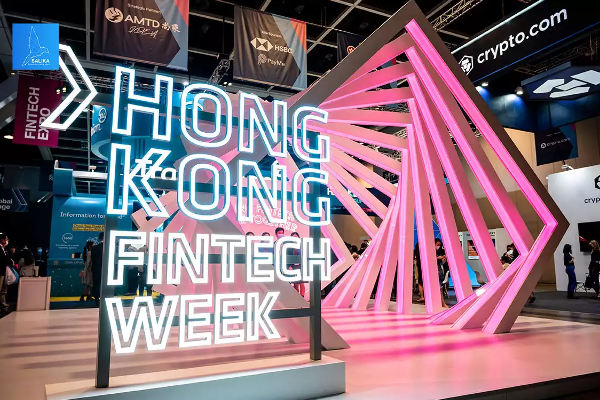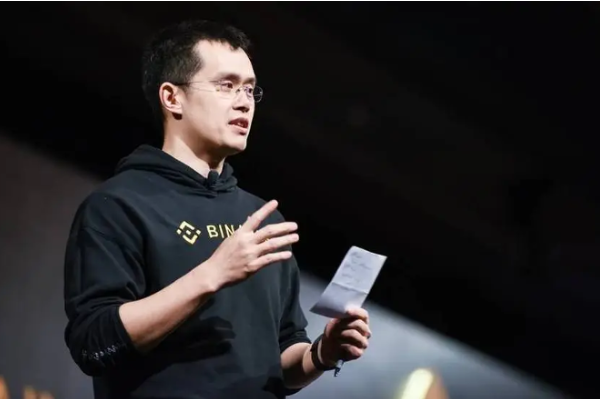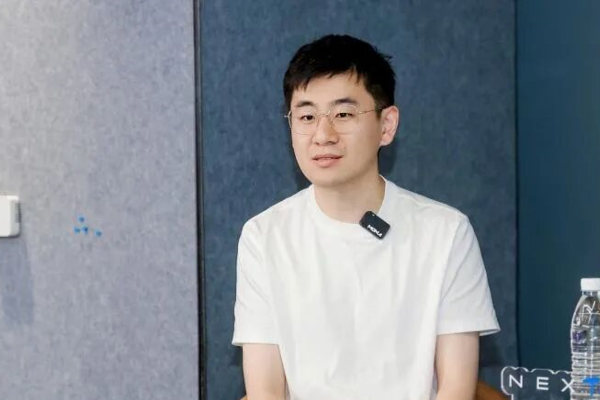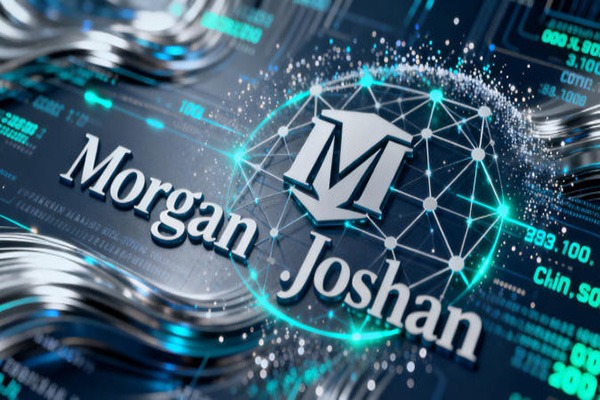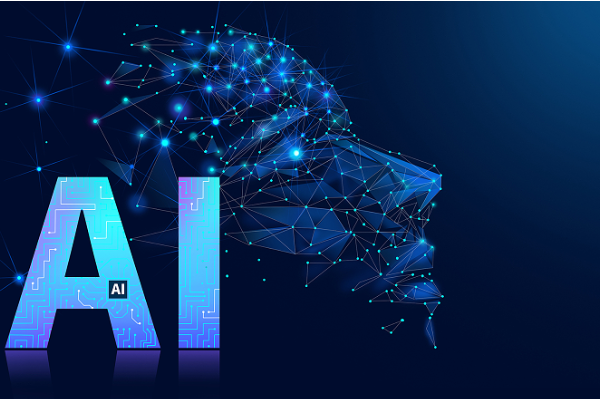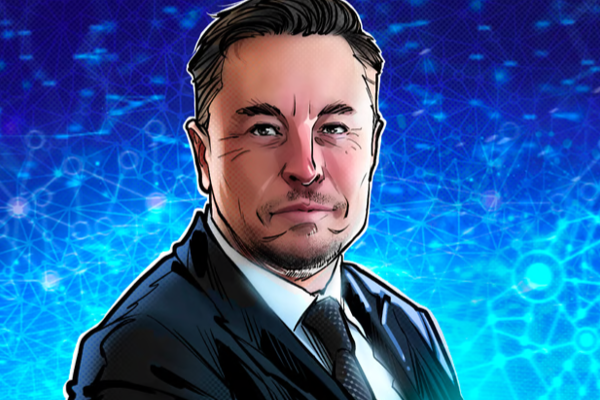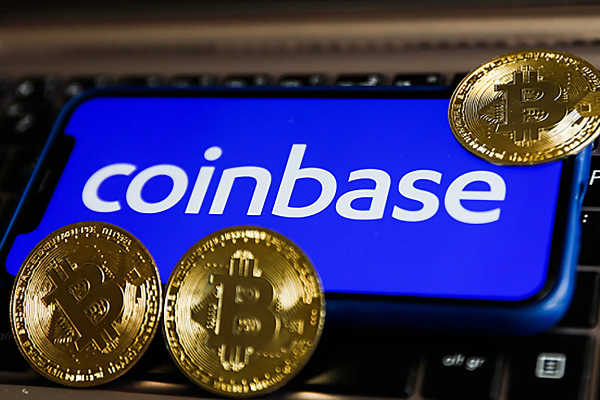Thinking behind GPT-4o image generation: When NFT becomes a style of painting
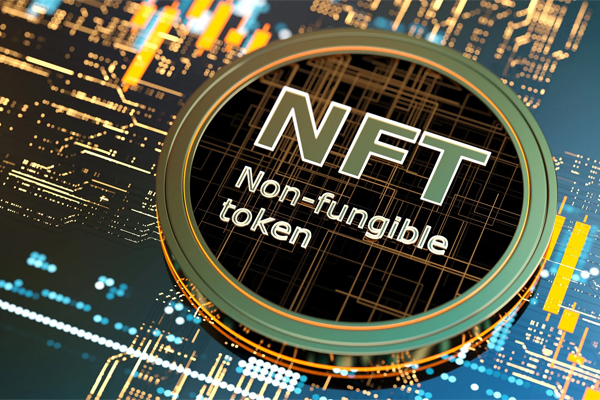
Will the era of style being ownership and ownership being value come?
After the launch of the GPT-4o image-generating image function, AI can instantly transform an NFT image into a new visual form by simply uploading it and entering the command "Ghibli style" or "cyberpunk". Of course, as shown in the figure below, you can change Curry's head into Azuki's style. So, when NFT becomes a style of painting, will it set off a new wave under AI?
Style is ownership
In the past few years, the core value of NFT has been built on "verifiable scarcity" and the unique community of holders. Whether it is the creation of CryptoPunks or BAYC, it is basically through the design of a set of traits, the use of algorithms to generate a limited number of "unique combinations", and giving them social identity attributes. However, GPT-4o's image generation capability may be the driving force behind the expansion of NFT styles - will we usher in an era where style is ownership on the chain?
Take Azuki as an example. Its iconic Japanese comic style profile will be regarded as a cultural symbol. Now users only need to enter "Azuki style" and upload any picture to immediately generate this style image, and drive the growth of social media dissemination through "meme" pictures.
According to bitsCrunch data, the floor price of the Azuki series has fallen by about 44% from the high point of the same period last year, and other top NFTs have also fallen a lot from their highs. However, through the generation of AI styles, coupled with the launch of later movies and works, will NFT develop in "style ownership"?
The game between practicality and bubbles
The shrinking transaction volume in the NFT market is not accidental. The market rebounded briefly in December 2023, mainly due to the hype of Bitcoin ecological inscription NFT. According to data statistics from bitsCrunch over the past 6 months, in December 2024, traditional PFP projects released tokens in a concentrated manner, bringing a new wave of increments. By March 2025, the monthly transaction volume has fallen back to US$110 million, with most of the transaction volume concentrated in some projects with strong community operations and entity empowerment.
However, we need to pay attention to whether the value of NFT also needs to shift to "non-automatable experience" when AI can easily copy the style of painting - such as offline rights, in-game utility or deep binding of community consensus.
From "static ownership" to "dynamic co-creation"
GPT-4o has brought impacts to many scenarios, but it has also spawned new possibilities. Although "dynamic NFT" has been widely discussed as early as 2021, now with the improvement of AI tools, it can also bring more imagination. For example, holders are allowed to modify the PFP style in real time through AI tools, but each modification will be recorded on the chain to form a traceable creation history. This model transforms NFT from a "rigid avatar" to a "living art co-creation process", thus giving rise to new changes in IP. At the same time, the openness of the blockchain allows anyone to capture on-chain image data for training. Future games will also turn to "style patenting".
Conclusion
In the long run, the AI technology represented by GPT-4o may force the NFT industry to undergo a fundamental transformation, and it may also bring about a new wave. NFT can become a more generalized "metadata container" that exists only as a certificate of equity, while its visual expression is generated by users in real time through AI. For another example, in the field of music NFT, 80% of album covers are co-created by the holders, but the playback rights and revenue rights are still anchored to the original NFT. The end of NFT may not be its demise, but its evolution into a more complex value network - when style can form an ownership, true scarcity will return to the human need for a sense of community belonging, participation, and continuous narrative.
